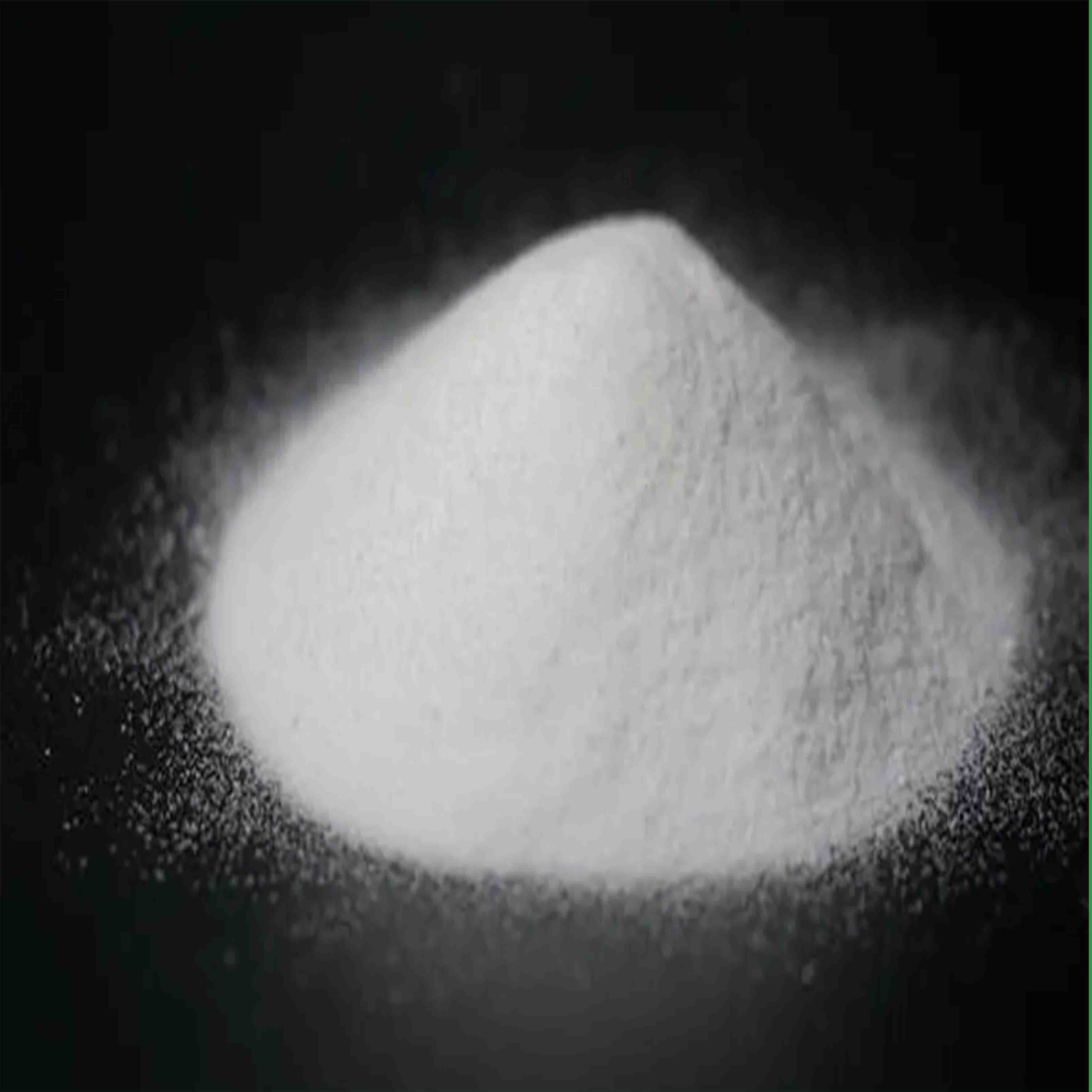
снеж . 23, 2024 19:38 Back to list
titanium dioxide concrete pigment
The Role of Titanium Dioxide as a Concrete Pigment
The construction industry is constantly evolving, driven by the need for sustainable and innovative materials. One such material that has garnered significant attention is titanium dioxide (TiO2), commonly known for its versatility and performance as a concrete pigment. As urban spaces grow and the demand for aesthetically pleasing, durable, and eco-friendly building materials increases, the application of titanium dioxide in concrete has emerged as a game-changer.
Understanding Titanium Dioxide
Titanium dioxide is a naturally occurring oxide of titanium that consists of desirable properties, including high refractive index, excellent opacity, non-toxic nature, and UV resistance. These attributes make TiO2 a preferred choice not only in the construction sector but also in paints, coatings, plastics, and various industrial applications. In the context of concrete, titanium dioxide is primarily used as a pigment to enhance the appearance and longevity of concrete surfaces.
Color Enhancement and Aesthetic Appeal
One of the main advantages of using titanium dioxide in concrete is its ability to enhance color quality. It provides a brilliant white tint, making it ideal for achieving lighter shades in concrete mixes. This property allows architects and designers to create vibrant, visually appealing structures. The ability to formulate a wide range of colors through the mixing of TiO2 with other pigments enables creative freedom while ensuring that these colors remain stable over time without fading.
Durability and Environmental Resistance
In addition to aesthetics, titanium dioxide significantly contributes to the durability of concrete. One of the most remarkable aspects of TiO2 is its photocatalytic properties. When exposed to sunlight, it reacts to UV light to break down organic substances, including pollutants and dirt. This self-cleaning ability helps maintain the appearance of concrete surfaces, reducing the need for frequent cleaning and maintenance. Consequently, the longevity and lifecycle of structures can be significantly enhanced.
titanium dioxide concrete pigment

Moreover, the incorporation of TiO2 into concrete mixtures improves the material's resistance to weathering and degradation. It helps mitigate the damaging effects of UV radiation, reducing the risk of color fading and surface cracking over time, particularly in environments with high sun exposure.
Sustainability and Environmental Benefits
The adoption of titanium dioxide in concrete production aligns with modern sustainability goals. As concerns about climate change and environmental degradation rise, building materials that contribute to sustainable construction practices are essential. The photocatalytic nature of TiO2 not only contributes to self-cleaning properties but also helps in reducing air pollution. When applied to concrete surfaces, TiO2 can degrade harmful airborne contaminants, thus contributing to healthier urban environments.
Additionally, the use of TiO2 can lower energy consumption. Structures that remain clean and visually appealing require less artificial lighting, reducing energy costs. By improving the reflectivity of surfaces, titanium dioxide enhances the overall energy efficiency of buildings, which is particularly beneficial in urban heat island mitigation strategies.
Challenges and Considerations
Despite its numerous advantages, the use of titanium dioxide as a concrete pigment is not without challenges. The cost of TiO2 can be relatively high compared to traditional pigments, which may deter some developers from its use. Furthermore, ensuring uniform dispersion of the pigment during mixing and application is critical to achieving the desired outcome. As research and technology advance, it is crucial to address these challenges to facilitate broader adoption.
Conclusion
In summary, titanium dioxide has emerged as a vital component in modern concrete applications, offering an array of benefits that enhance both functionality and aesthetics. Its ability to improve the durability, aesthetic appeal, and sustainability of concrete structures makes it an indispensable choice for forward-thinking architects and builders. As the construction industry continues to innovate, the incorporation of titanium dioxide into concrete will likely play a pivotal role in achieving sustainable and resilient building practices in the future. The potential to create visually stunning, environmentally friendly structures will help shape the urban landscapes of tomorrow, contributing to healthier communities and a greener planet.
-
China Lithopone in China Supplier – High Quality Lithopone ZnS 30% Powder for Wholesale
NewsJun.10,2025
-
Top China Titanium Dioxide Company – Premium TiO2 Powder Supplier & Manufacturer
NewsJun.10,2025
-
Fast Shipping 99% Pure TiO2 Powder CAS 13463-67-7 Bulk Wholesale
NewsJun.10,2025
-
Top China Titanium Dioxide Manufacturers High-Purity R996 & Anatase
NewsJun.10,2025
-
Lithopone MSDS Factories - Production & Quotes
NewsJun.10,2025
-
High-Quality Titanium Dioxide in Water Suppliers - China Expertise 60
NewsJun.09,2025
